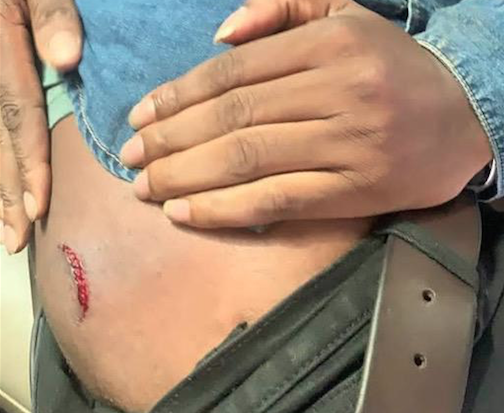12:31pm. It’s a sultry Friday afternoon. Lean and tall but with a steady gait, Mustapha Muazu leads TheCable into his home. With a smile spread across his sorrow-induced sunken cheeks, he sits on a mat in his living room — a space that his “future of medicine” used to play and study. He speaks of how, with Hauwau, his daughter who was a student of Government Girls Unity Secondary School in Bodinga LGA of Sokoto state, he wanted to break the jinx of child marriage in the north.
“She loves to study,” he says, staring blankly into a corner as if he were remembering a father-daughter moment. He had wanted Hauwau to become a nurse or a doctor. And when he learnt that his daughter and other students would be transferred to another school in town, he heaved a sigh of relief, thankful that she would at least be safe from the prying eyes of bandits. What Muazu did not know was that the next time he would see his daughter, barely a month later, she would be hours away from taking her last breath.
“When they called me, I was in Sokoto, the state capital. That was on Tuesday, around 10am. My first son, who also came from Sokoto to Bakale, called me and said the school’s officials just brought my daughter home. I asked, ‘what was the matter?’ He told me the officials said my daughter was ill and needed home care. I pleaded with them (officials) to help me rush her to our general hospital at Bodinga town,” Muazu tells TheCable.
And that was the beginning of Hauwau’s final journey from the earth. Weeks before, she was one of hundreds of students affected by a “merger”, following a government directive on preventing bandits’ attacks on schools.
Advertisement
THE MERGER — FOUR WEEKS BEFORE
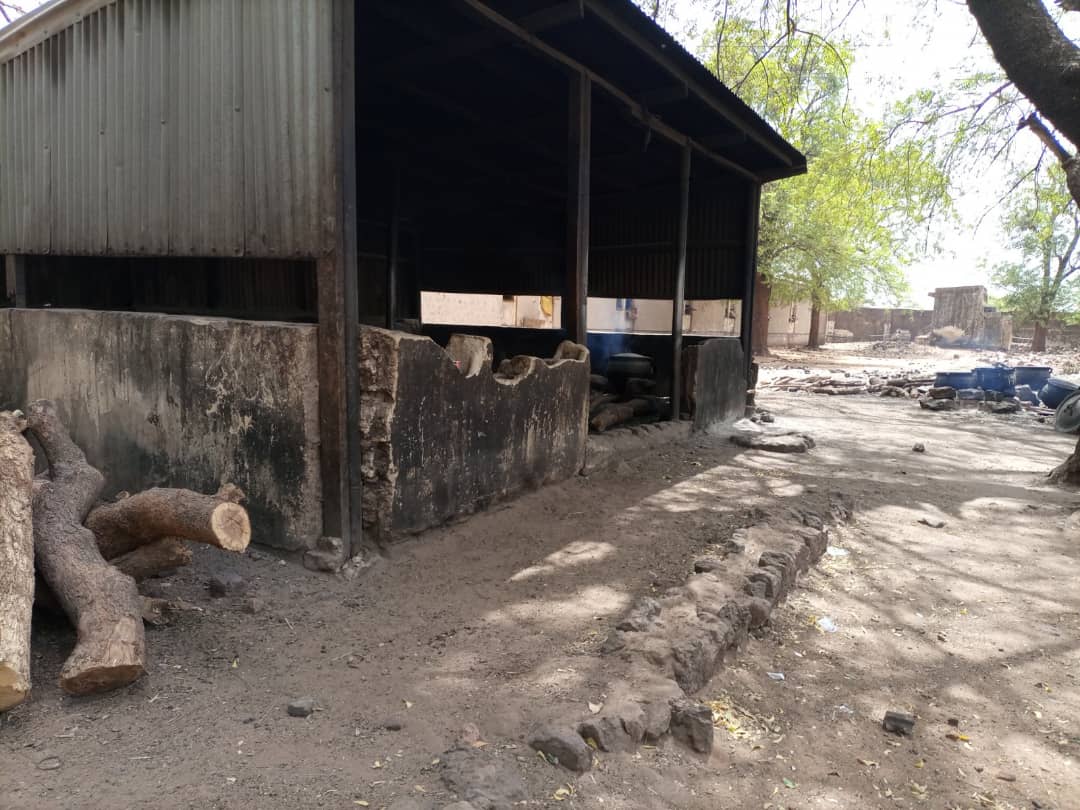
In January, the Sokoto government approved the merger of some secondary schools located in border towns in the state. The move was informed by rumours that bandits had infiltrated the state and were planning to attack schools. Nura Maikwanci, spokesperson of the state ministry of basic and secondary education, explained that the students in border towns would be evacuated to schools located in the city.
Advertisement
The development saw the merger of Government Girls Unity Secondary School, Bodinga; Gamji Girls College, Rabah, and Government Girls College, Mabera.
On March 24, weeks after the three schools were formally merged, news broke of a gastrointestinal infection later diagnosed as cholera. While 30 students were initially said to have been affected, the number rose to 70 within 24 hours — according to the school management. Unfortunately, two students — Hauwau and another student from GGC Rabah — would later die of complications arising from the infection.
Following the outbreak, the Sokoto government shut down GGC, Mabera, as part of efforts to curtail the spread. Kulu Haruna, the state commissioner for science and technology, had refuted claims that the school operated under unhygienic conditions. She had also explained that no teacher was infected. However, the state’s claims turned out to be a completely different situation when TheCable visited the school. In an environment where dried faeces battled for space with students, and girls slept outside their rooms just to make the cramped condition more bearable, an outbreak was more or less inevitable.
SICK YET MOVED 56KM HOME
Advertisement
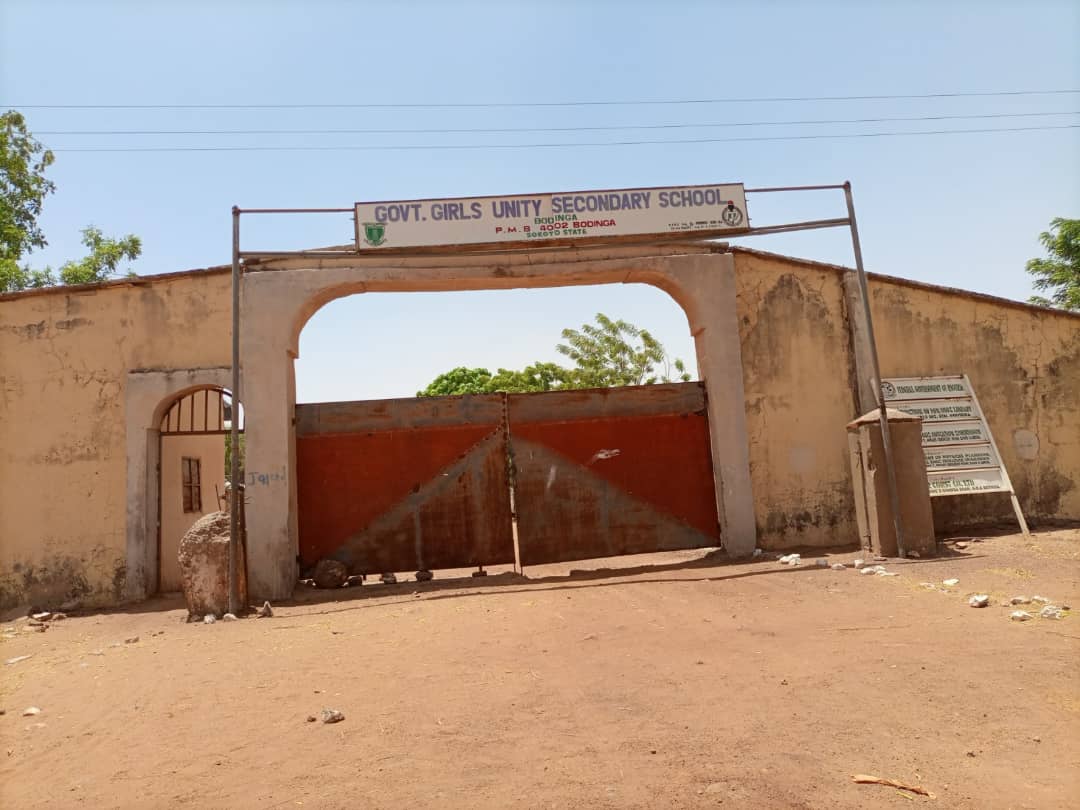
Hauwau’s home in Bakale, a village located 56 kilometres from the capital, sits on a quiet, rocky expanse of land. Speaking on the chain of events leading to his daughter’s death, Muazu said he had accepted the incident as God’s will. He, however, wondered why she was brought home rather than taken to a hospital in the city, given her condition.
“I was surprised that the school management brought my daughter to my house, rather than admit her to the nearest hospital,” Muazu said.
“I immediately rushed to the hospital but before I got there, they had left my late daughter on the bed in the ward. I didn’t meet the people (school management) that brought her. They just dropped her and left. But at exactly 6am the next day, Wednesday, she died.”
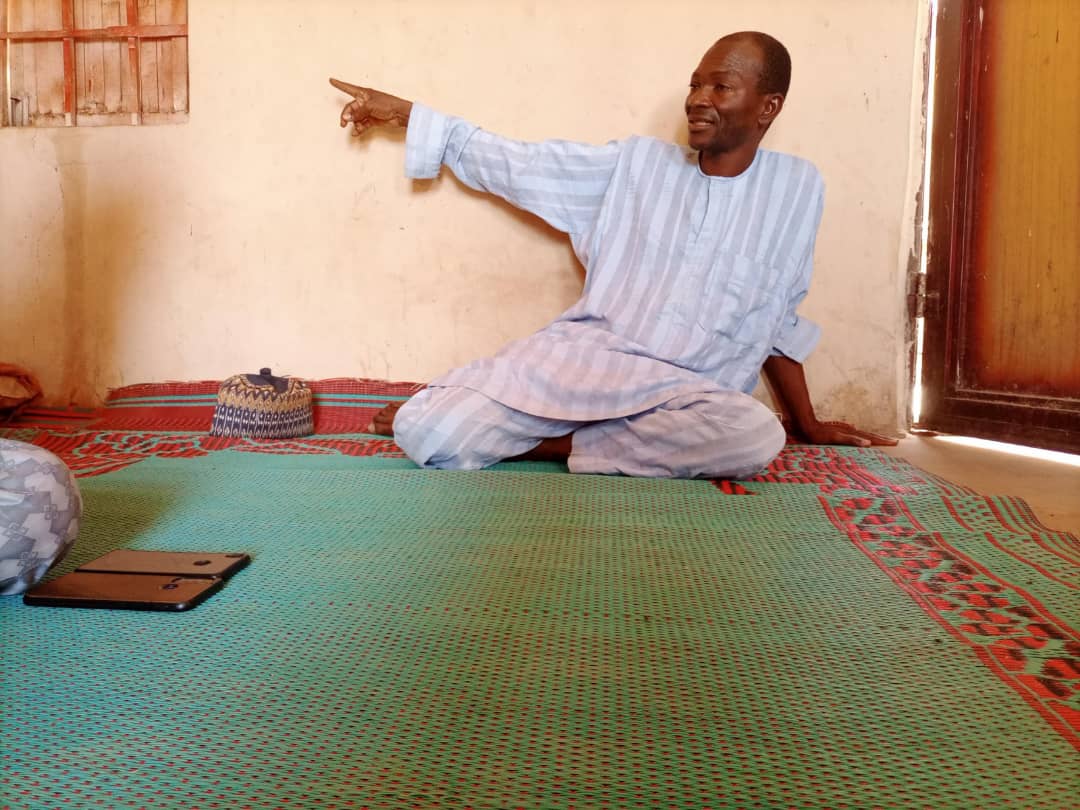
Despite her condition, Hauwau was reportedly moved in a car — not an ambulance with first aid — on a journey that lasted about 90 minutes from her school to her home, even when the school management had ascertained that her health conditioned had worsened.
Advertisement
Muazu said no government official or member of the school management has contacted him since his daughter’s death.
TEACHER BLAMES OUTBREAK ON STUDENTS
Advertisement
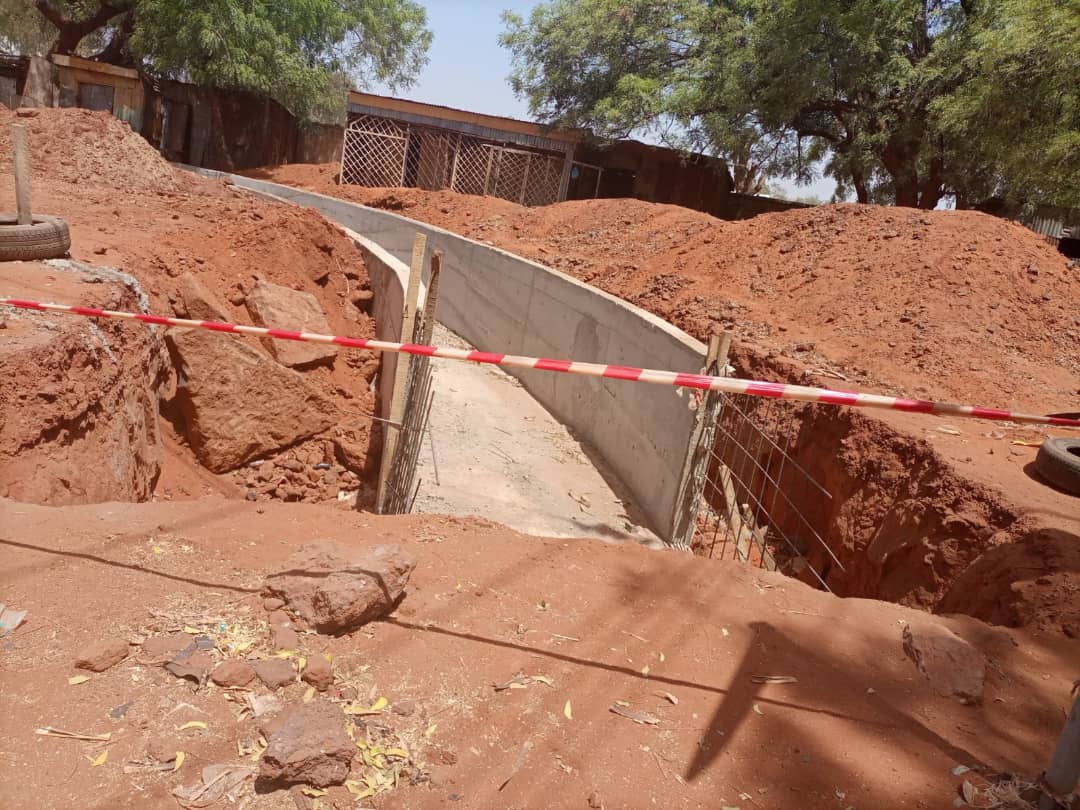
When asked why Hauwau was taken home, a teacher at GGC who preferred to remain anonymous, said it is the protocol for a student to be transferred home if the school authority finds the student’s health condition deteriorating.
“Whenever a student is ill, what they do generally is that they look at the condition. If it is what they can handle, they take them to one of the clinics. But when they see that the sickness has become worse, they take the students home. She got it — I think — just a day before she died. She wasn’t even one of those who got it first,” he said.
Advertisement
Speaking on how the outbreak started, the teacher alleged that the students may have deliberately ingested a poisonous substance just so they could take ill and be asked to go home.
He admitted that there was an outbreak because he also developed symptoms, yet noted that there was the possibility that some of the students feigned illness just to be asked to go home.
Advertisement
“I cannot ascertain exactly what it was. Only health officials can name it. I was also infected. I had stomach ache and small diarrhoea, so I cannot say the outbreak is a lie. Honestly, our students in northern Nigeria here, when they don’t want to study, they can create whatever so that they can go home. They have been doing it over time, only that we cannot exactly say it,” he said.
“Some of them have invitation letters for weddings, so they come into the school with the mind that they would go home close to Ramadan. And they are supported by their parents because whenever it is this time, parents put pressure, asking for their daughters to be released. The students of Bodinga Unity School are still here. If really there was a cholera outbreak, why is it not affecting them? They faked it.”
The teacher then contradicted himself by saying the careless attitude of the students caused the infection to spread fast, affecting a large number of students.
“I used to stay up till night just to stop them from intermingling. We were chasing them back and they were rushing into the isolation centre. It is not up to what people think it is,” he said.
“A student was caught making concoction herself to make sure that she also had diarrhoea so as to go to the isolation centre. She was rushed in at past 12am. She mixed some herbs into a small container and drank it. It was her friends that revealed what she did.
“Immediately the school management said they will ask the students to go home so that they could handle the situation, they started jubilating that they were going home. The students, both the sick and healthy ones, mixed up. Even those in the isolation centre rushed out and ran to the hostels to get their belongings, even with cannula on their hands. I was also infected. I had a stomach ache and small diarrhoea, so I cannot say the outbreak is a lie. But some of the nurses came to prove it that some of the students were lying.”
CONTAMINATED WATER, OVERCROWDING, UNHYGIENIC RESTROOMS… WHAT CAUSED THE OUTBREAK?
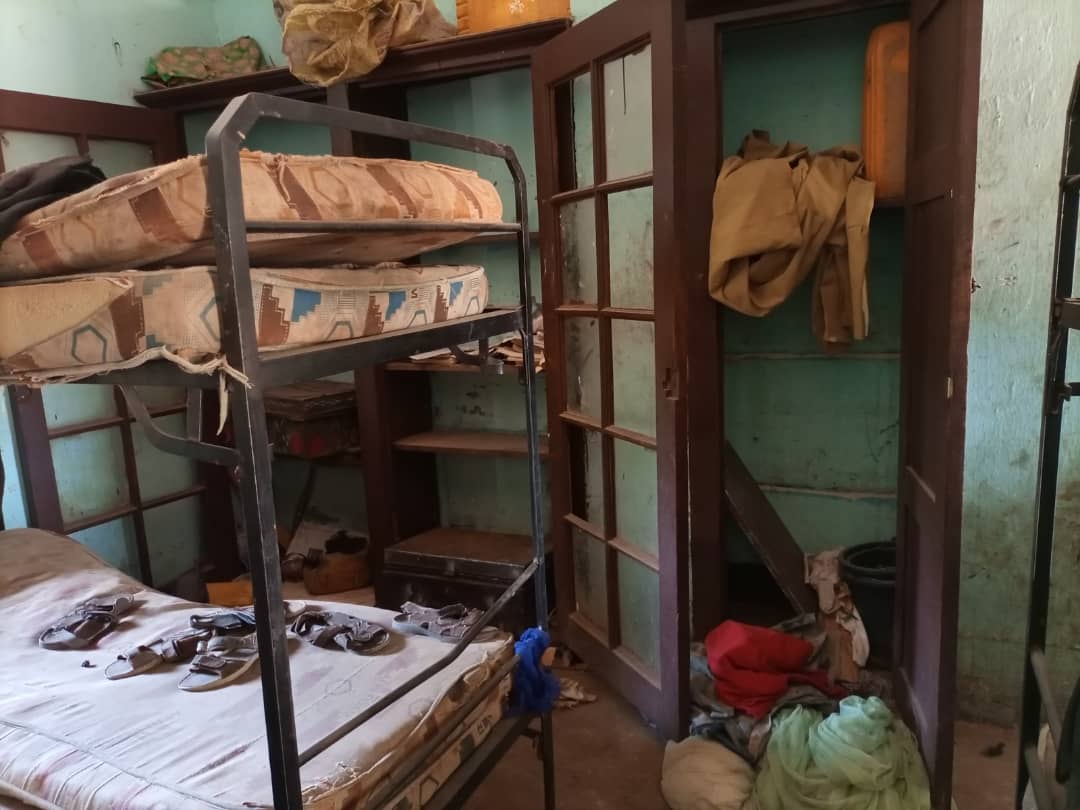
According to the teacher, a physical assessment of the school’s hostels — Nana house, Khadijah house, Mariam house, Aisha house, Fatimah house and Amina house — was carried out and a conclusion was reached that the institution had enough space to accommodate more students from other schools, before the merger was approved.
“In GGC, we have abundant space and they concluded that it was better we do the merger than for the students to be taken by bandits because Bodinga is porous,” he said.
However, Fatimah, a student of GGC Mabera, said the hostels became overcrowded after the schools were merged. According to her, each room had about 15 additional students, and ventilation was poor, which resulted in some of the students opting to sleep outside at night because of the heat.
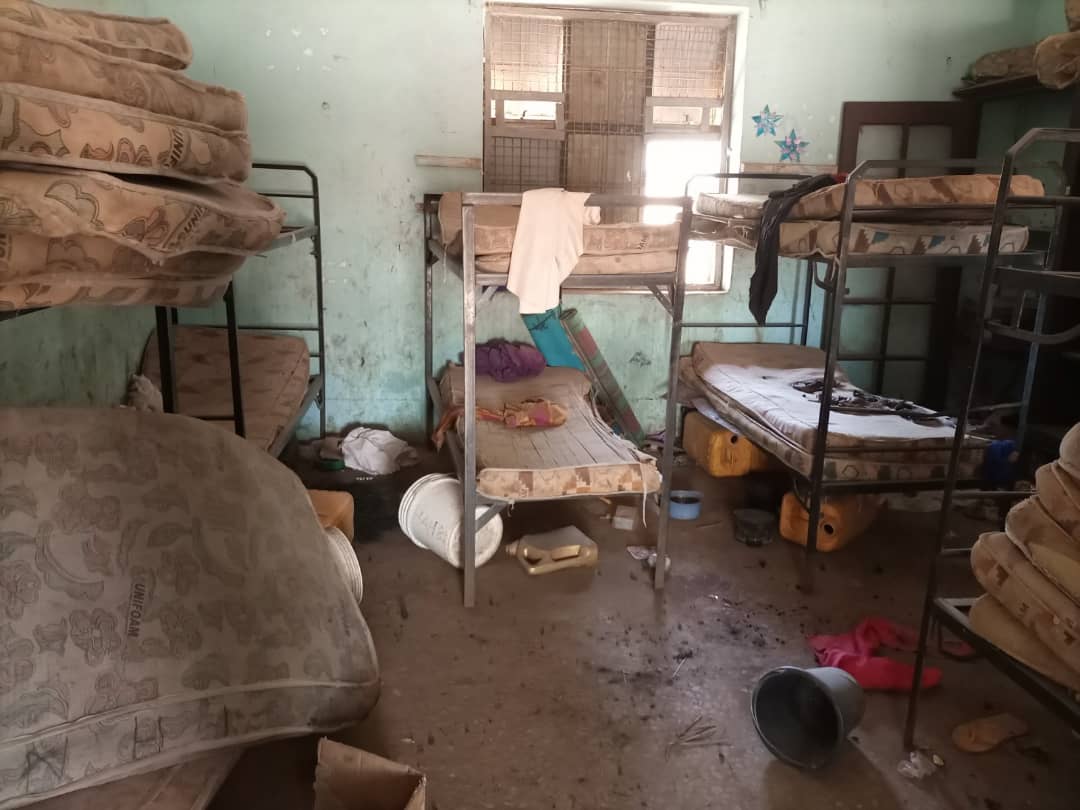
When told of the teacher’s claim that there was abundant space, she dismissed it, saying, “he lied!”
“We used to sleep outside because it was too crowded,” Fatimah added.
Fatimah’s sister, a nurse, said she was at work when she learnt of the outbreak. She said she got home in the evening and met Fatimah, who would later take ill, at home.
“When she came back home, that evening, we had to treat her with Flagyl, ORS, and antibiotics because she was stooling. She just recovered three days ago. She told us that all of a sudden, students complained of headache, abdominal pain and then collapsed, after which the student will be transferred to the isolation hall, while those with severe symptoms were transferred to the specialist hospital,” Fatimah’s sister said.
“She got home on Friday and started complaining of abdominal pain. She said she had taken only beverage because she does not even eat school food. That means there was a problem somewhere. Maybe they lack sanitation or because of overcrowding. I know Bodinga, I know how the school was overcrowded, talk more of combining them with GGC.”
WATER SCARCITY
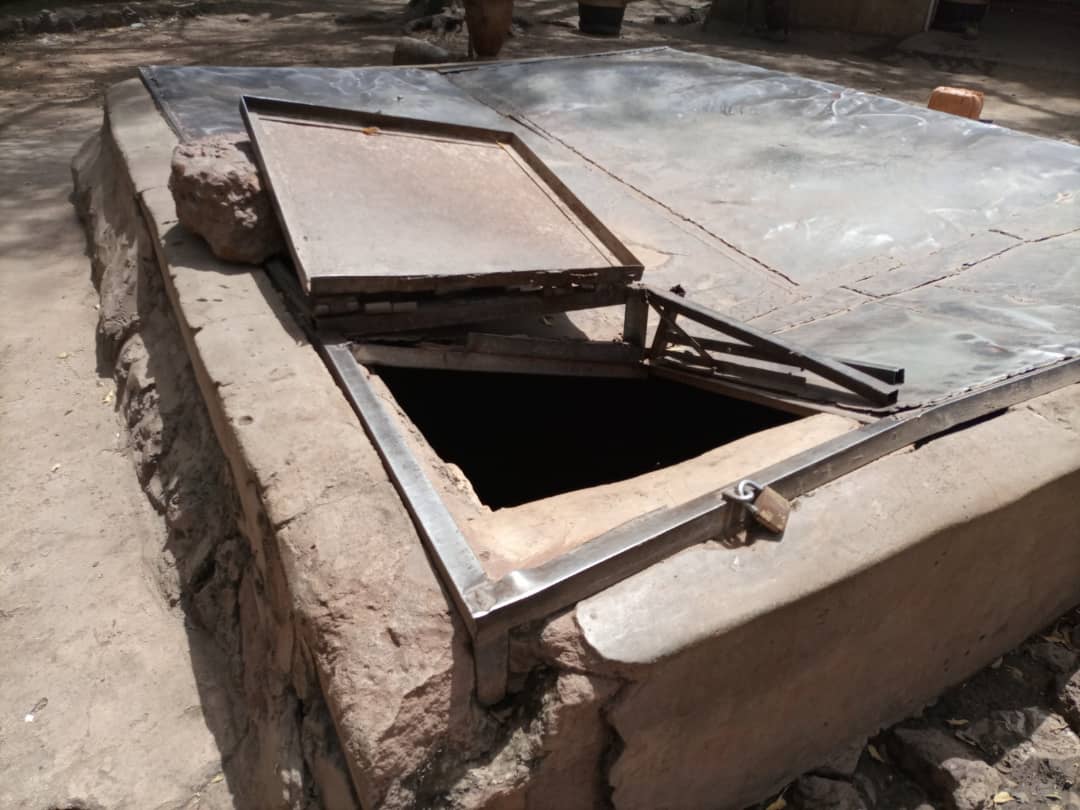
A female teacher, who also spoke on the condition of anonymity, said the school had suffered scarcity of water for some time. She explained that the water supply to the school was cut off after the pipes were broken during construction works to control erosion in Mabera.
“You know cholera is a water-borne disease. Their environment is just like ours. Seeing outside, you can imagine how inside will be. The problem started with the merger. It made them squeeze and adjust resources and the place became congested,” she said.
“There has been lack of water in the school because of the gutter for the erosion control in Mabera. The pipes that were connected to the school were broken so they now bring water to them. But recently, maybe because of the population, they connected one pipe for them. There is every tendency that the infection may have come through that bye-construction.
“The condition of the school is better imagined; it is an eyesore. We feel for the students. Sometimes, I buy sachet water for them just to help them.”
Fatimah also decried the poor water condition faced by the students.
“There is water scarcity in our school. We fetch water from the reservoir and it is not clean,” Fatimah said.
When TheCable visited the school and inspected the facilities on April 4, Aisha, one of the students transferred to GGC Mabera from Bodinga, said they were yet to be supplied water that day.
“The toilet is not good, and the water tastes salty. We fetch water from the taps or from the reservoir. Water is not always available. Even today, we have not had water. When it is 4 o’clock, they’d put on the generator and pump water,” Aisha said.
‘SOME DEFECATE INSIDE NYLONS IN THEIR ROOMS’
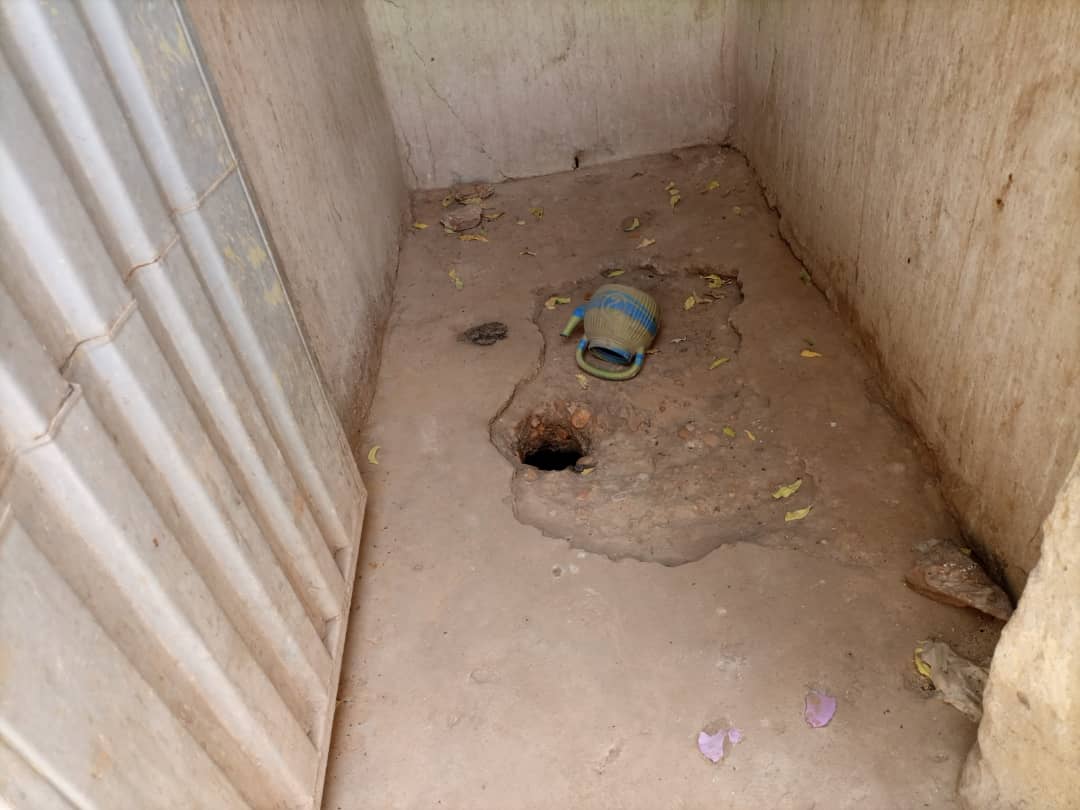
The toilets seen by TheCable were all pit toilets. Dried lumps of human faeces littered the area surrounding the toilets. However, a student said Fatimah’s hostel, which is said to have been recently renovated by Sa’ad Abubakar, Sultan of Sokoto, has flush toilets.
Speaking on the condition of the restrooms, another student also named Fatimah said the toilets are cleaned once a week, and sometimes without soap or disinfectant.
The non-availability of running water in the school, the students said, causes them discomfort, hence many opt to defecate in the bush.
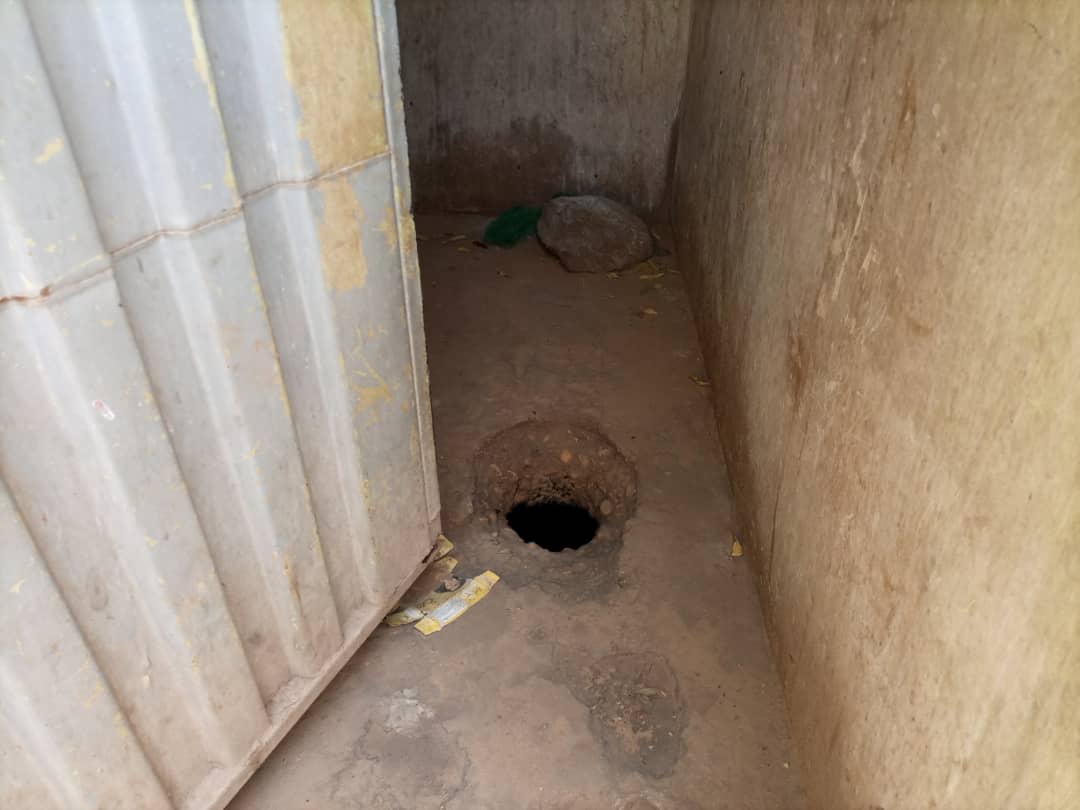
“For the toilet aspect, we should leave that one, because there’s no water and it’s per week that we sometimes wash the toilet. We wash it with ordinary water and sometimes with just detergent. Some girls do defecate inside nylons in their rooms,” one of the students, who didn’t want to be named, said.
“Before they brought the other students, some rooms had 20 students while some had about 10 to 12. But now, seriously, even we here are not finding it okay, because in a common room we are now about 28 to 30 living together.
“We used to drink water from the pump before but the pump got damaged. The water is not clear. It is a motor tank that sometimes brings the water and sometimes, it’s the same bucket that we use for bathing that we use to store drinking water.”
OPEN DEFECATION AT ‘CORDELIA’
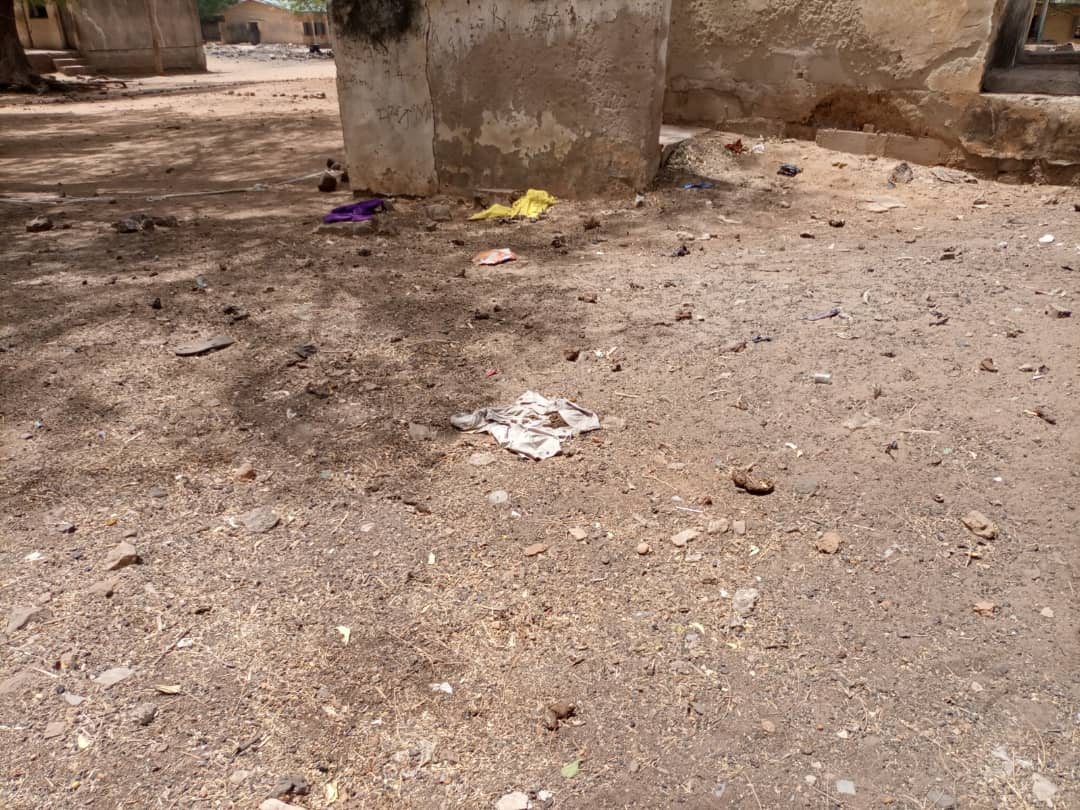
Aisha, another student, corroborated Fatima’s narrative about the practice of open defecation among the students.
According to her, there is a site within the hostel environment nicknamed ‘Cordelia’ where students defecate “anyhow”. She suspects that the outbreak may have been triggered there.
However, the male teacher said the practice of open defecation by the students is a matter of choice, and not owing to the condition of the restrooms.
“It is a matter of preference; that is why some students don’t use the toilet. They want to go out just as they do it in their villages,” he said.
According to the World Health Organisation (WHO) and United Nation Children’s Fund (UNICEF), over 40 million Nigerians still practice open defecation.
SUFFERING AND SERVING
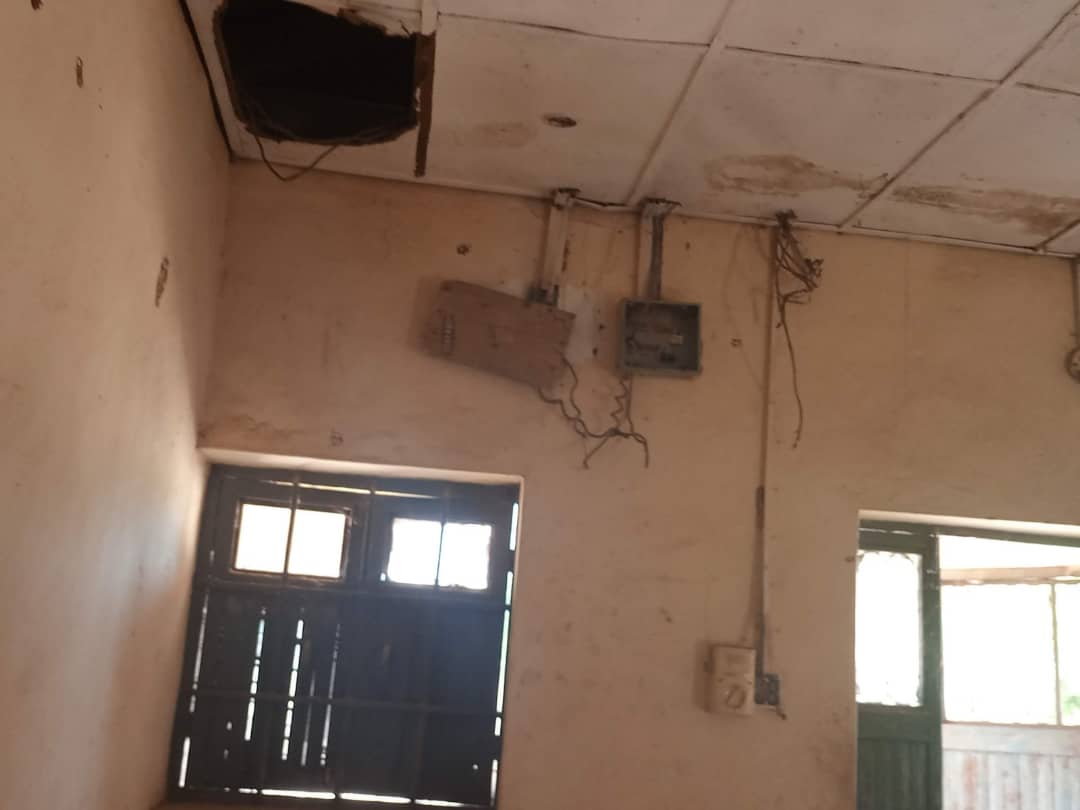
The corps members posted to GGC Mabera for the compulsory one-year National Youth Service Corps (NYSC) programme are not having it any better.
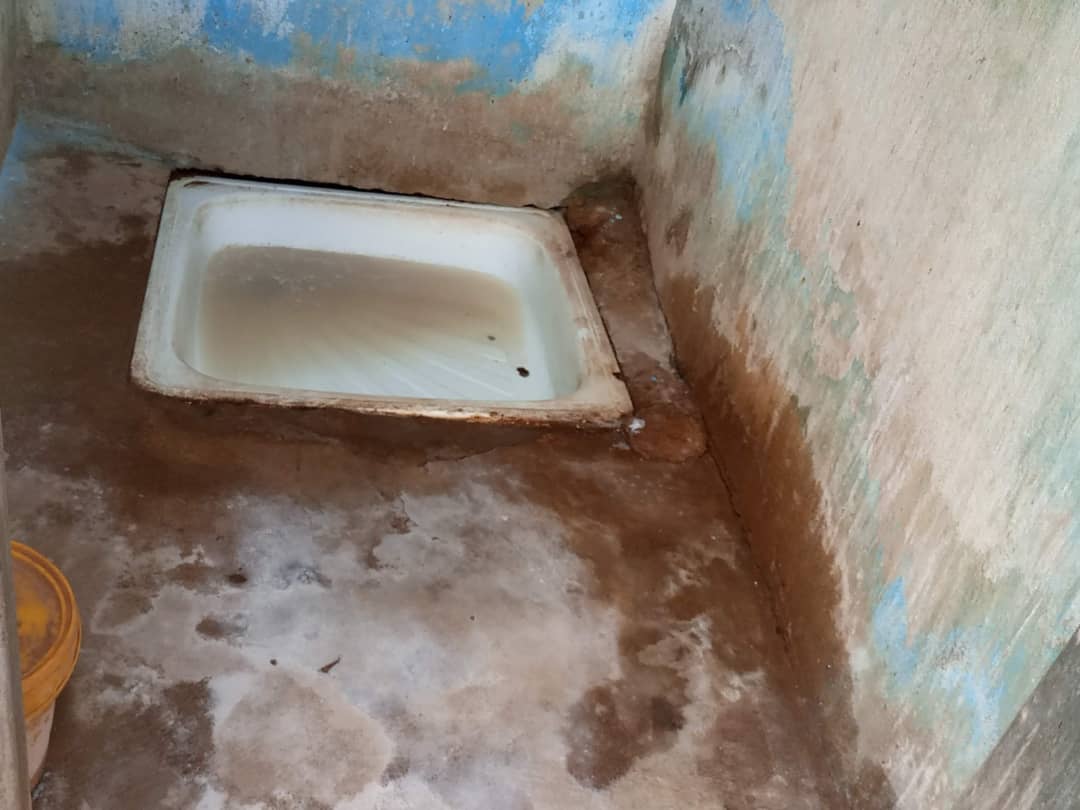
Like the students, the four corps members had to resort to bathing in the open space beside their lodge and taking advantage of a broken sewage pipe as toilet. This, they did because of the sorry state of the restrooms in their lodge.
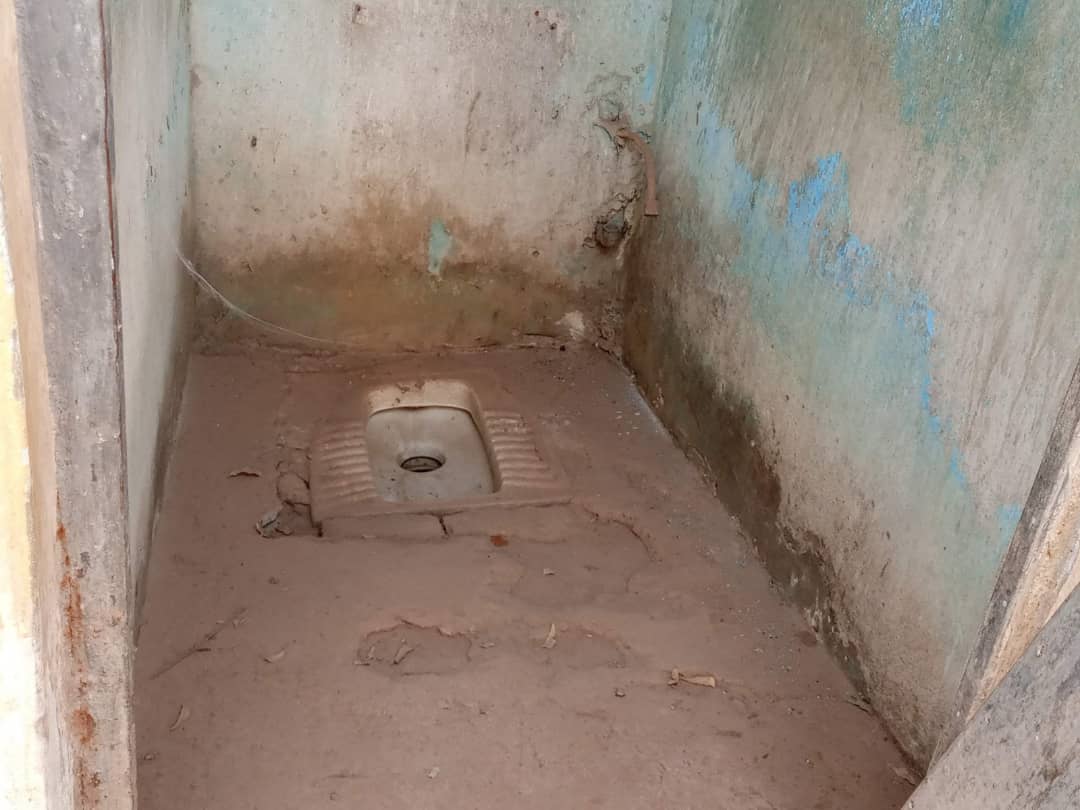
SCHOOL MANAGEMENT IS ‘HELPLESS’
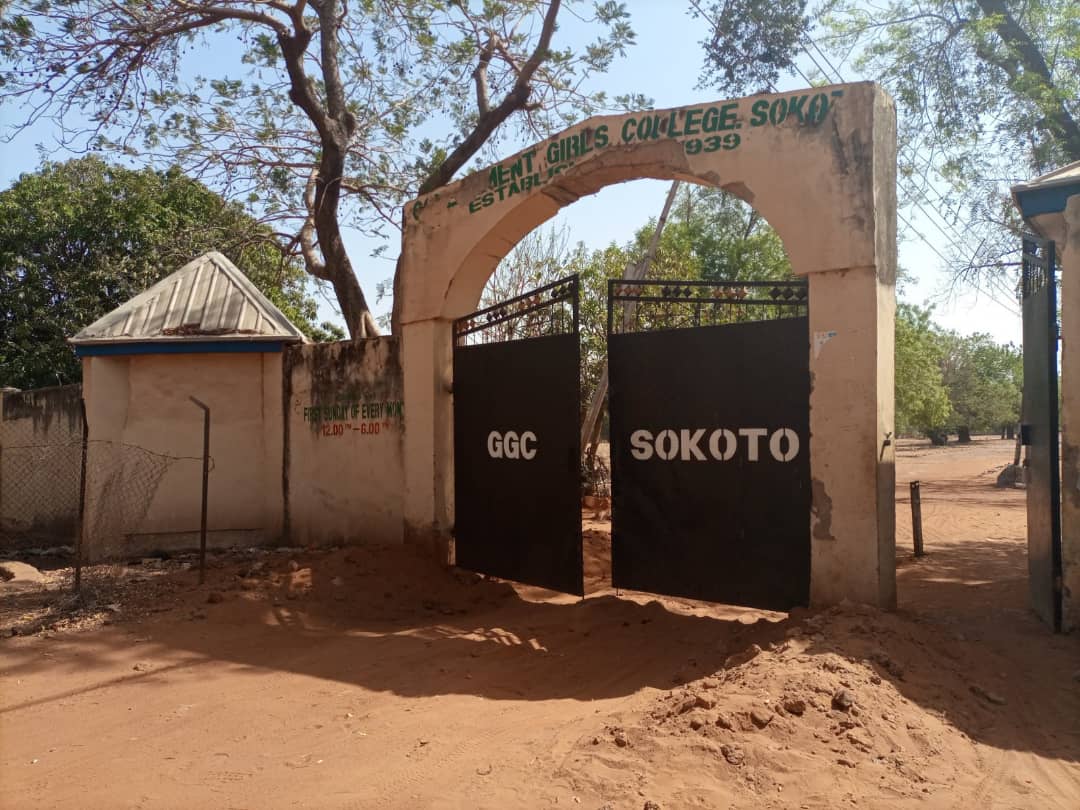
When contacted for comments, a senior management official of GGC Mabera, who didn’t want to be named, told TheCable that the school management can’t do much to improve the situation.
“Sometimes, the students eat with the bowls they take to the toilet. That is what I think caused the cholera. Also, the students from Bodinga used to ‘shit’ (defecate) anyhow in the hostel,” he said.
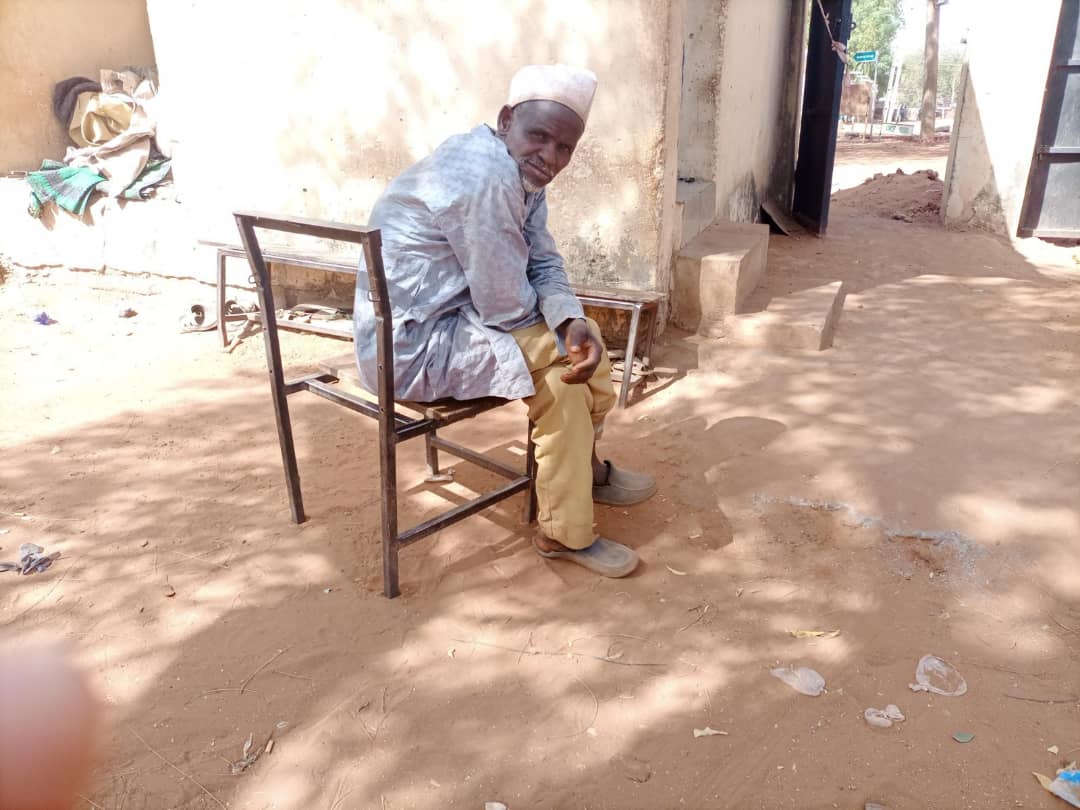
Asked what measures are in place to prevent another outbreak when the school resumes, he said: “As school management, we don’t have any power to make them go back to their schools, except the government decides to because they are the ones who merged them.”
Efforts to speak to Muhammed Inname, the state commissioner for health, proved abortive as he neither picked calls placed to him nor responded to messages.
After several efforts to reach Kulu Haruna, the state commissioner for science and technology, to react to the issue, she simply said it had been “overtaken by events”.
This is a special investigative project by Cable Newspaper Journalism Foundation (CNJF) in partnership with TheCable, supported by the MacArthur Foundation. Published materials are not views of the MacArthur Foundation




